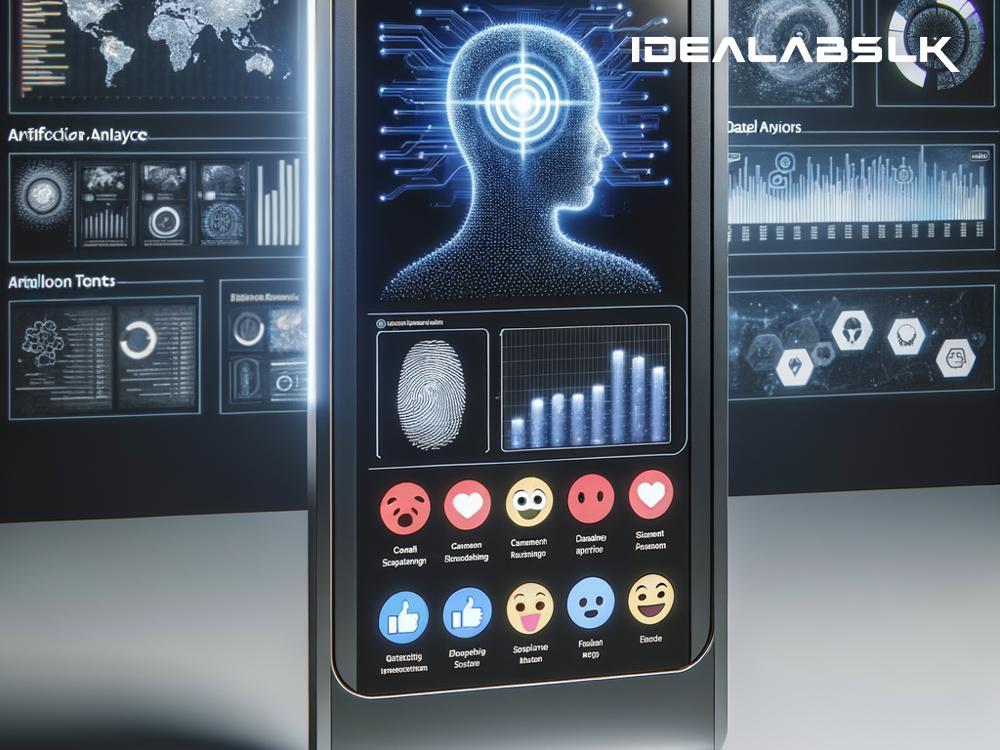Unraveling the Magic: How AI Analyzes Consumer Feedback in Smart Retail Tech
Imagine stepping into a store where the shelves rearrange themselves based on what you like, or an online shop that knows exactly what you're looking for before even you do. Sounds like something out of a science fiction novel, doesn't it? Well, this isn't fantasy anymore; it's the power of Artificial Intelligence (AI) in smart retail technology, turning shopping into a truly personalized experience. And at the heart of this transformation is AI's ability to analyze consumer feedback. Let's dive into how this works in simple English.
Listening to the Voice of the Customer
First off, what is consumer feedback? It's anything that customers tell you about their experience with your products or services. This could be a review they leave online, a comment on social media, or even their behavior while shopping. In the past, understanding this feedback was like trying to solve a huge puzzle without all the pieces. Not anymore, though, thanks to AI.
The Magic Behind the Curtain: AI and Machine Learning
AI, particularly machine learning, is like a super smart assistant that learns as it goes. It can read through thousands of customer reviews, sift through social media comments, and analyze shopping patterns—all in a fraction of the time it would take a human team. But it doesn't just collect this data; it understands it, finding patterns and insights that would be almost impossible for us to see.
Step 1: Gathering the Feedback
The first step in this magical process is gathering all the feedback. AI tools crawl through various platforms—online reviews, social media, customer surveys, and more—to collect what people are saying about your products or services. This stage is all about collecting raw data, which is like the ingredients for our AI recipe.
Step 2: Cooking Up Insights
Once the AI has gathered all this feedback, the next step is to make sense of it. This involves techniques like natural language processing (NLP), which helps the AI understand human language with all its nuances and contexts. It's like teaching the AI to "read between the lines" of what customers are saying. The AI then categorizes this feedback into useful insights. For example, it might recognize that customers love the design of a product but not its durability.
Step 3: Serving Actionable Insights
Now, we get to the truly magical part. The AI doesn't just stop at understanding the feedback; it translates it into actionable insights. This means it can advise retailers on what steps to take next. Maybe it's tweaking a product design, improving customer service, or even identifying trends to inform future products. It's like having a roadmap to customer satisfaction, drawn by the very people you're trying to please.
Why This Matters More Than Ever
In today's fast-paced world, customers' preferences are continuously changing, and the competition is just a click away. For retailers, staying ahead means being able to quickly adapt to what customers want and need. That's where AI comes in. By analyzing consumer feedback in real-time, AI enables retailers to make data-driven decisions swiftly, enhancing customer experience and, ultimately, loyalty.
Smart Retail in Action: Real-World Examples
You might wonder if this is all theoretical or if businesses are actually using AI in this way. The answer is a resounding yes. Many big-name retailers and even smaller businesses are harnessing the power of AI to listen to their customers better. For example, some use AI to recommend products to customers based on their browsing and purchase history, akin to having a personal shopper who knows exactly what you like. Others utilize it to monitor social media for real-time feedback, responding quicker to customer concerns or praises.
Looking Ahead: The Future of Smart Retail
The journey of integrating AI into retail is just beginning. As AI technology becomes more sophisticated, the potential for even more personalized and interactive shopping experiences grows. Imagine virtual fitting rooms that not only suggest outfits based on your style but also adapt to your feedback in real-time. Or, think about smart shelves in stores that change their display based on what customers in the area tend to prefer.
Wrapping It Up
In essence, AI's ability to analyze consumer feedback is transforming smart retail technology from a one-size-fits-all approach to a personalized shopping journey. It's about creating experiences that feel tailor-made for each customer, increasing satisfaction and fostering loyalty. So, the next time you see a product recommendation that seems made just for you, know that there's a good chance AI's thoughtful analysis of consumer feedback is behind it, weaving together the future of smart retail—one insight at a time.

